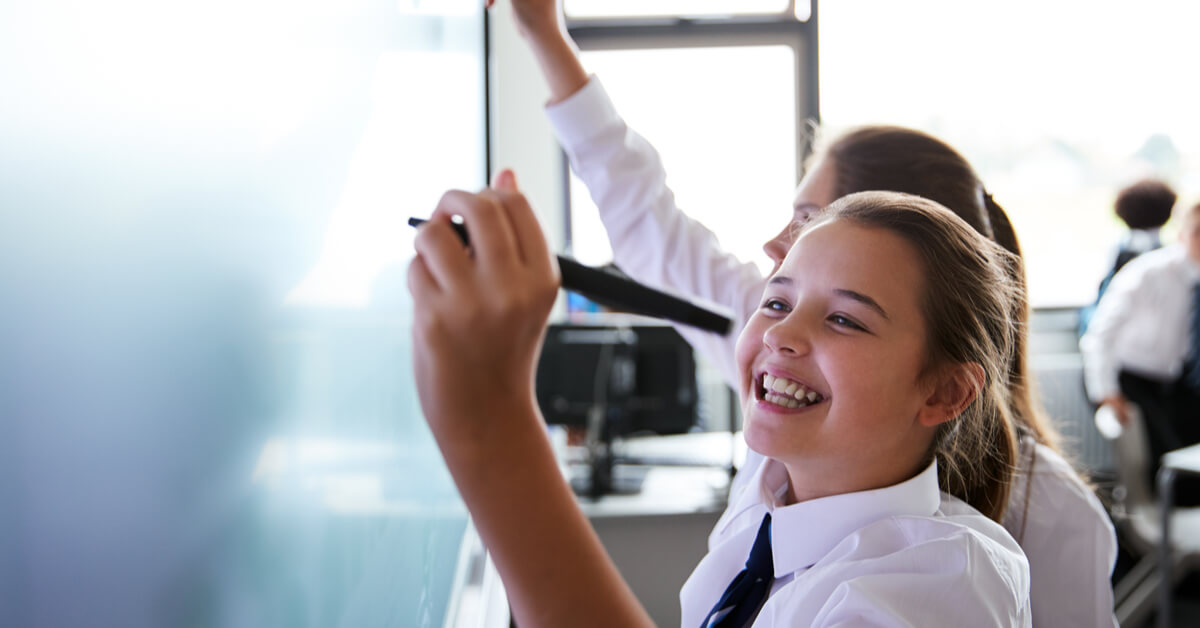March 12, 2021
Schools closed. Remote learning. Exhausted teachers. The pandemic has had a huge impact on schools around the world. Perhaps the biggest issue we face now and going forward is the impact of learning loss and learning gaps caused by the pandemic. According to a paper by Libby Pier and others, they reached two key conclusions about the results of the pandemic on education:
- There has been significant learning loss in both English Language Arts (ELA) and Math, with students in earlier grades most affected.
- The equity impact is severe — certain student groups, especially low-income students and English language learners (ELLs), are falling behind more compared to others.
They summarized it in the graph below:
The big question is how do we teach in light of the growing learning loss, especially with some of our most vulnerable students. Is there a way that we can reach students of a wide variety of ability levels in the same classroom? How can we catch students up? How can we work with such a wide range of comprehension and mastery?
Semi-Asynchronous Mastery…

